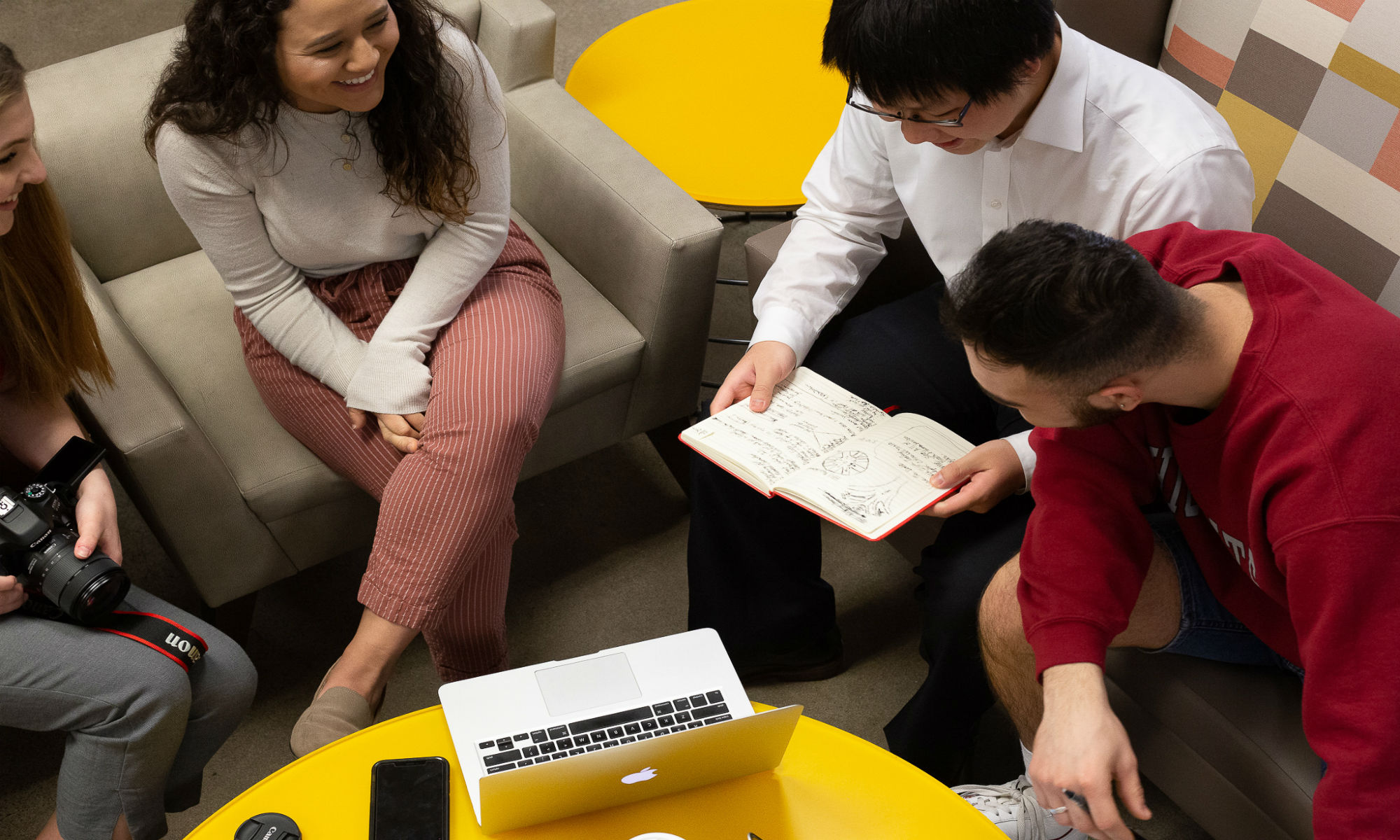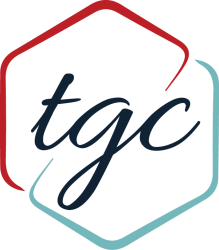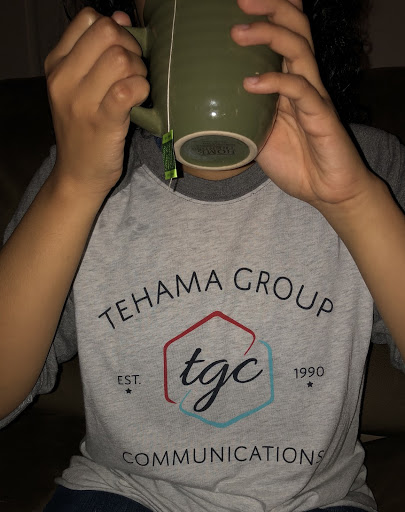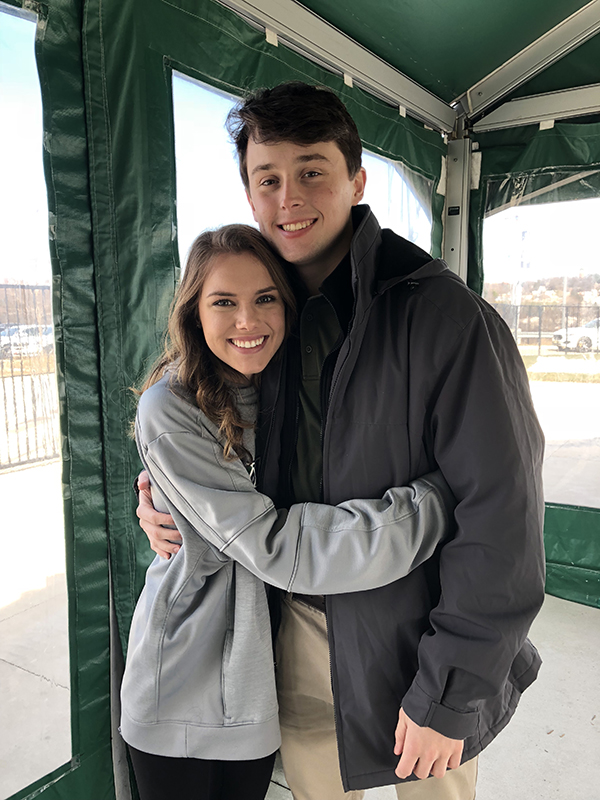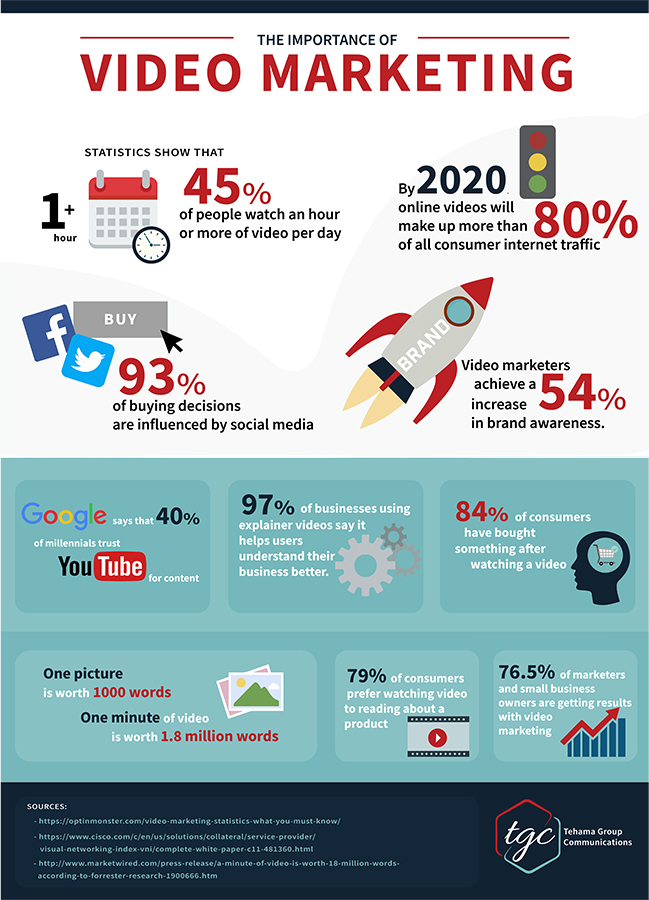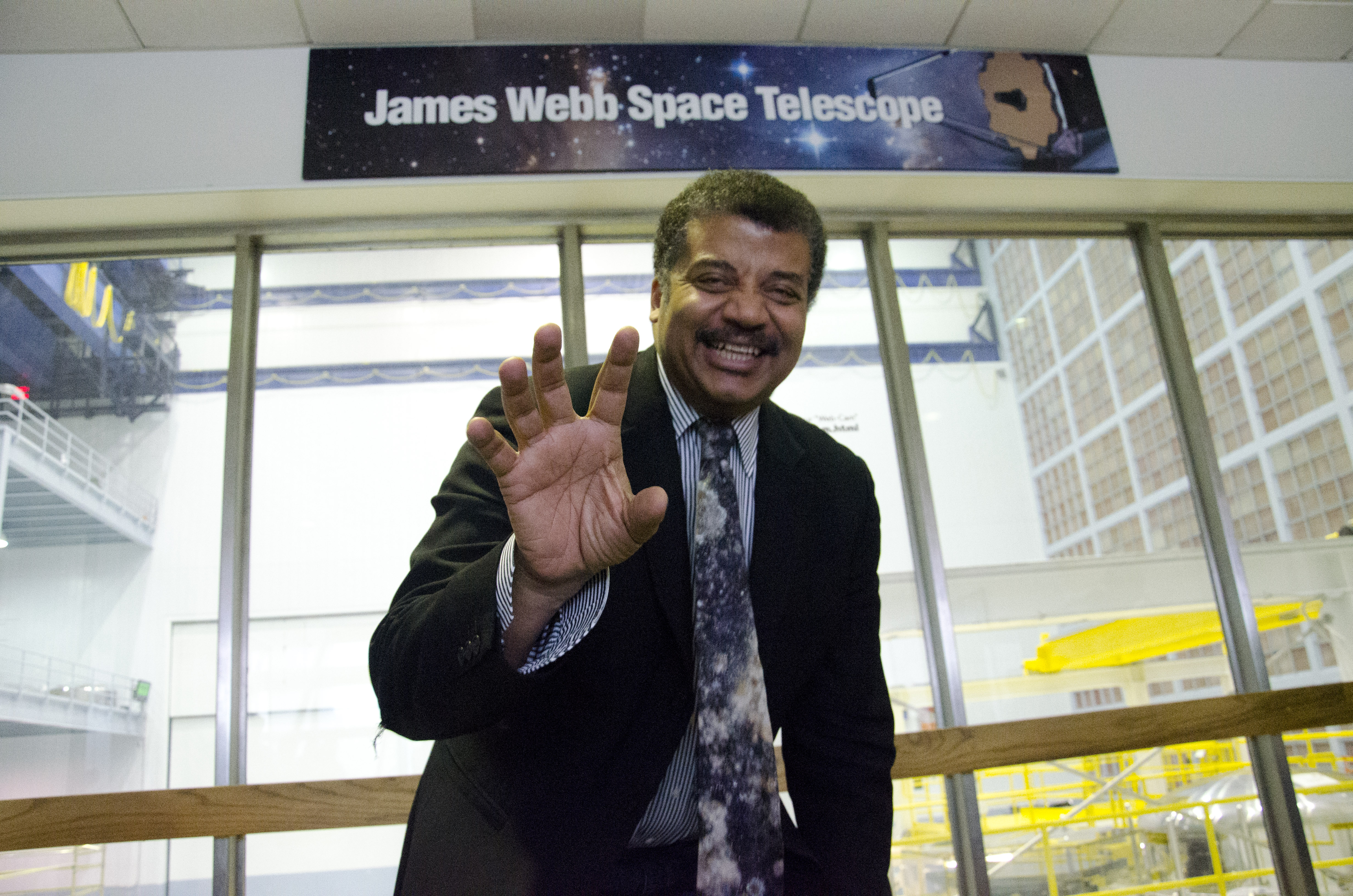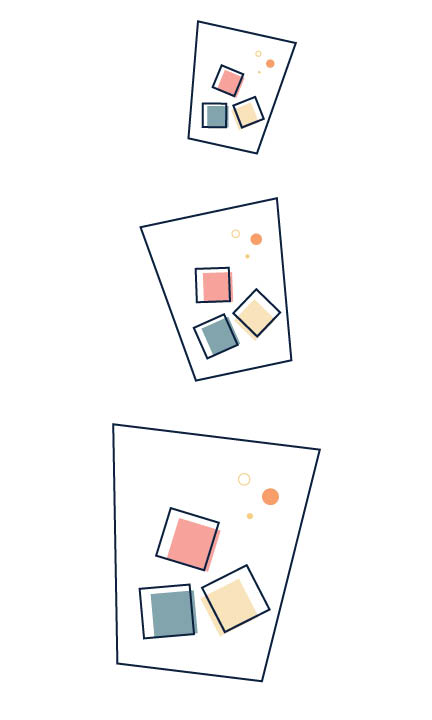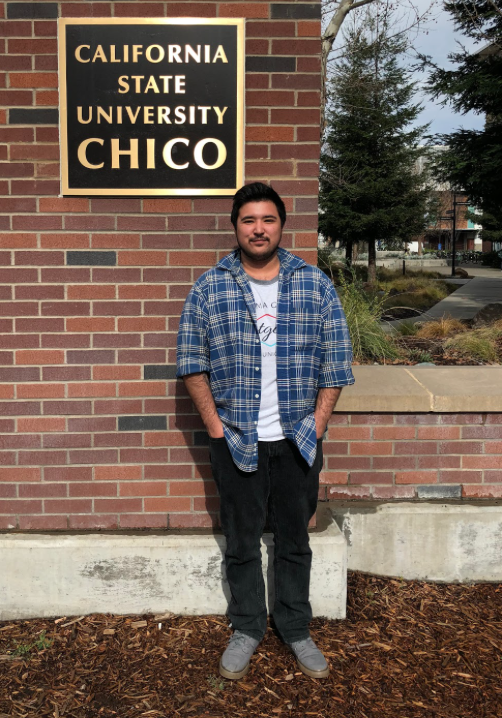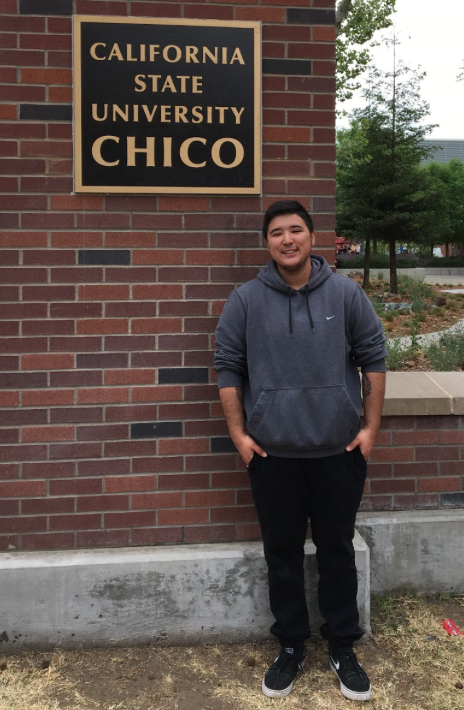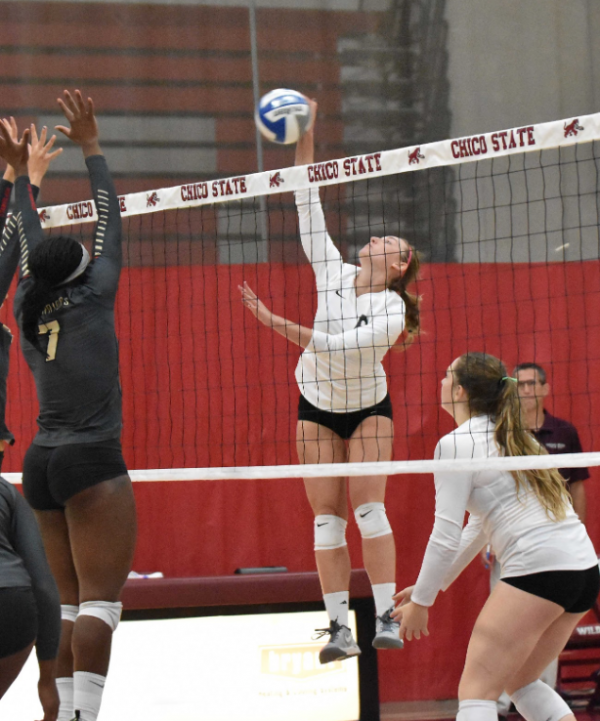By: Grace Gilani
The days when we regarded social media indulgence as a bad habit, or a generational flaw, are essentially gone. Instead, it has become one of the most integral aspects of modern society, particularly amid the pandemic when many of our real-world forums have disappeared.
Now more than ever our digital social media marketing skills need to be at the forefront of our strategies. Throughout the COVID-19 pandemic, brands and companies have had to reinvent their marketing strategies to tailor them towards an almost all-digital world. Recently I realized just how important these campaigns were as I was brainstorming potential ideas for campaigns with my friends for Instagram. Even before the pandemic, our world was primarily online throughout the wide variety of social media platforms we have out there. Now, it’s hard to reach your audience when most of them are staying home. In an article by Forbes, they lay out some best practices when it comes to forming your social media strategy.
1 .Know who your audience is.
While conducting your research you want to take into account who your target audience is and what platforms they might be using. For example, Instagram is the biggest social media platform with over one billion active monthly users. Breaking that down even further, 49 percent of their users are male while 51 percent are female. With Instagrams having such similarities there are other apps that reach more of a diverse audience, such as Twitter. Knowing who your audience is and how you want to reach it should be at the forefront of your mind.
2. Stay up to date
As we all change and grow throughout our day-to-day lives, it is important to keep an eye on the current trends circulating throughout the industry. As many of us are aware, all PR pros alike wake up every morning and do a news sweep and look at current trends. These trends have become increasingly popular on the fastly growing social media platform TikTok. If your company were to jump on one of these trends it would have the potential to reach millions of users and catapult your brands’ social media to a new level.
3. Considered sponsored content
In our world now everyone is considered an influencer if you successfully run your own Instagram account. However, knowing the difference between macro and micro-influencers is important. Many times brands will collaborate with these influencers in hopes of reaching their audience, however, macro-influencers can oftentimes come with a large price tag. If your brand is small and this is your first time experimenting with influencers, a good way to test the waters would be to use micro-influencers and assess your strategy from there by the data you collected.
Another idea to reach your audience at home is purchasing sponsored content. By using sponsored content you are able to tailor your demographics and reach the right audience, or the one that you think could be the best for your audience. For smaller companies just $10 would suffice, it’s all about getting your brand out there.
Even during these terrifying and uncertain times, an important thing to remember is that social media is forever, it will always be there, but remember that it can be what your brand makes of it and how you tailor it to your needs. Social media will be your best friend, especially when you look at exactly how many people use it on a daily basis.
